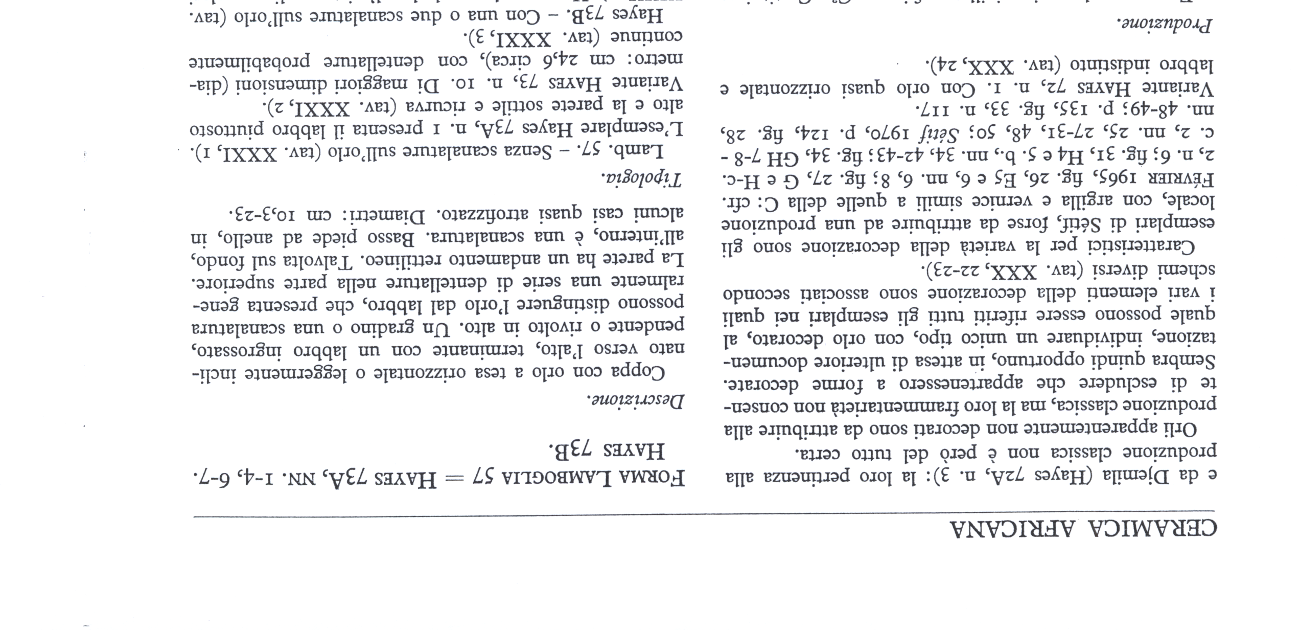This post is the second half of the one I had prepared for this year’s Day of Archaeology (Archaeology in the Mediterranean: do not drown if you can). For an appropriately timed mistake, I only managed to post the first, more relaxed half of the text. Enjoy this rant.
Written and unwritten rules dictate what is correct, acceptable and ultimately recognised by your peers: it is never entirely clear who sets research agendas for entire disciplines, but ‒ just to be more specific ‒ I feel increasingly stifled by the “trade networks” research framework that has dominated Late Roman pottery studies for the past 40 years now. Invariably, at any dig site, there will be from 1 to 100,000 potsherds from which we should infer that said site was part of the Mediterranean trade network. We are all experts about our “own” material, that is, the finds that we study, and apart from a few genuine gurus most of us have a hard time recognising where one pot was made, what is the exact chronology of one amphora, and so on. But those gurus, as leaders, contribute to setting in stone what should be a temporary convention as to what terminology, chronology and to a larger extent what approach is appropriate. I can hear the drums of impostor syndrome rolling in the back.
I don’t want to drown in this sea of small ceramic sherds and imaginary trade networks, rather I really need to spend time understanding why those broken cooking pots ended up exactly where we found them, in a certain room used by a limited number of people, in that stratigraphical position.
At the same time, I’m depressingly frustrated by how mechanical and repetitive the identification of ceramic finds can be: look at shape, compare with known corpora, look at fabric, compare with more or less known corpora. If any, look at decoration, lather, rinse, repeat. My other self, the one writing open source computer programs, wonders if all of this could not be done by a mildly intelligent algorithm, liberating thousands of human neurons for more creative research. But this is heresy. We collectively do our research and dissemination as we are told, with sometimes ridiculously detailed guidelines for the preparation of digital illustrations that end up printed either on paper or on PDF (which is the same thing). Our collective knowledge is the result of a lot of work that we need to respect, acknowledge, study and pass on to the next generation.
At the end of the obligations telling you how to study your material, how to publish it, and ultimately how to think about it, you could just be happy and let yourself comfortably drown into the next grant application. Don’t do that. Do more. Follow your crazy idea and sail the winds of Mediterranean archaeology.

Lascia un commento